At Watsonia Physiotherapy we manage many sporting injuries among the pre-adolescent/adolescent population. A common question we are often asked is whether it is ok for a child/adolescent to perform resistance (weight) training.
Our answer… yes BUT provided that the exercises are performed with appropriate precautions and supervision, particularly if they have an underlying injury.
In the past weight training and high-intensity exercises among children and adolescents were subject to controversy. This was partly due to the lack of research that surrounded the effects of resistance training on risk of injuries in growing children/adolescents and their ability to build muscle mass at a young age.
However in the past 15 years there has been an increase in research conducted in this area and it has now been well documented that resistance training among children and adolescents have positive health benefits.
In children and adolescents resistance training has been shown to have beneficial effects on –
- Muscular strength and power
- Bone density
- Cardiovascular fitness
- Blood lipid profiles
- Prevention of injuries
- Rehabilitation of pre-existing injuries
- Self-esteem
- Mental health
An increase in muscular strength and power has the ability to improve sporting performance. This is not only due to the increase in muscle mass but also as a result of increased neuromuscular activation (ability to switch on muscles) and coordination.
Despite all the positive benefits surrounding resistance training, it is still important to be aware of injury risk management. Children and adolescents are still growing and are still susceptible to injuries associated with their developing musculoskeletal system.
Possible injuries include –
- Osteochondrosis (ie Osgood-Schlatter or Sever’s disease)
- Growth plate injuries
- Muscle strains
There is potential for injury if safe technique, appropriate exercise dosage (repetitions/sets), competent supervision and age-specific training guidelines are not followed. For example, training with maximal weight is not recommended due to the high risk of injury to bone growth plates and tendon insertion sites on bone.
Resistance training should have a stronger emphasis on proper technique and safety rather than the amount of weight that can be lifted. Prior to commencing a formal resistance training program it is important that the child or adolescent is thoroughly assessed to identify risk factors for injury. An age-specific program can then be tailored to achieve sporting/fitness goals as safely as possible.
